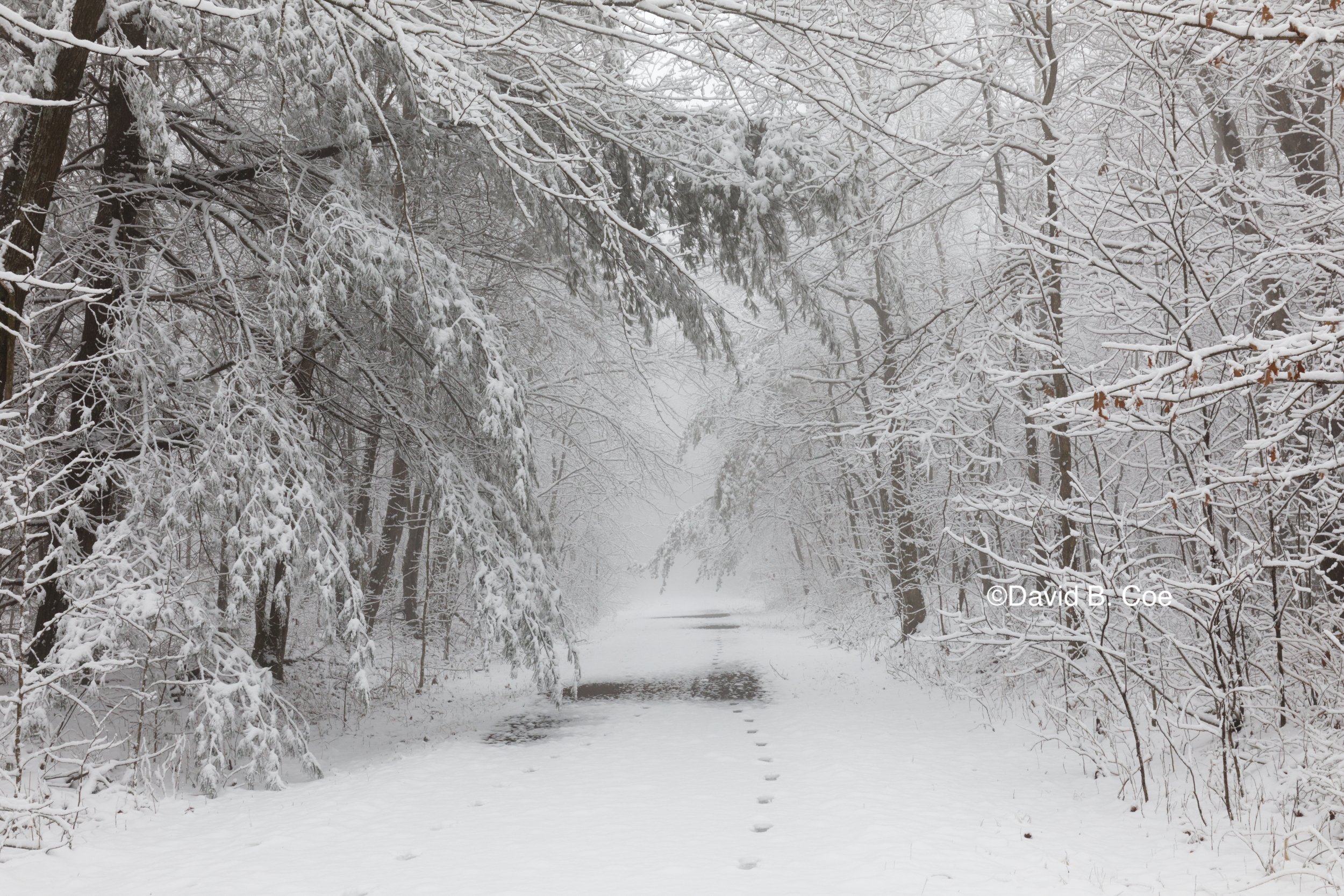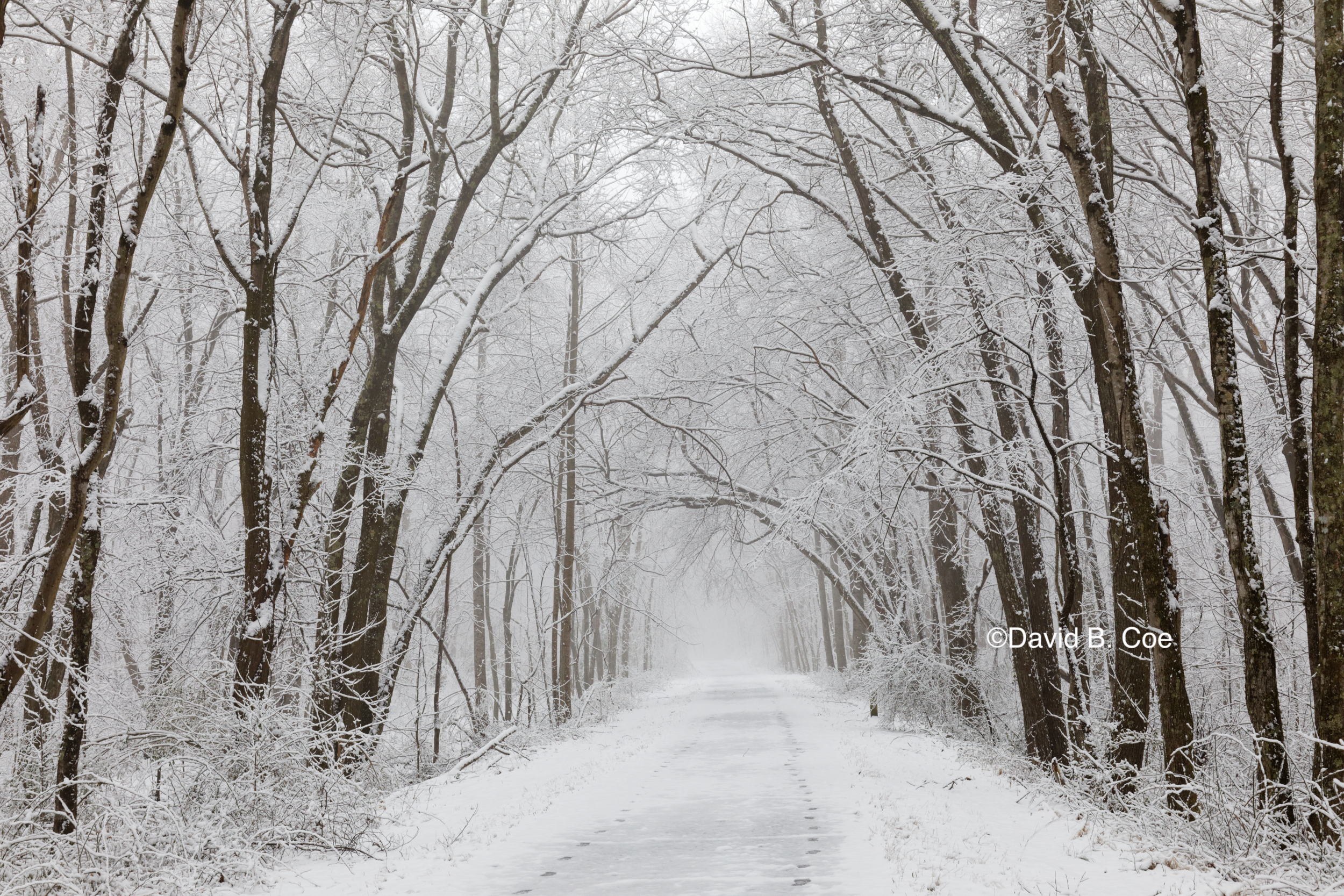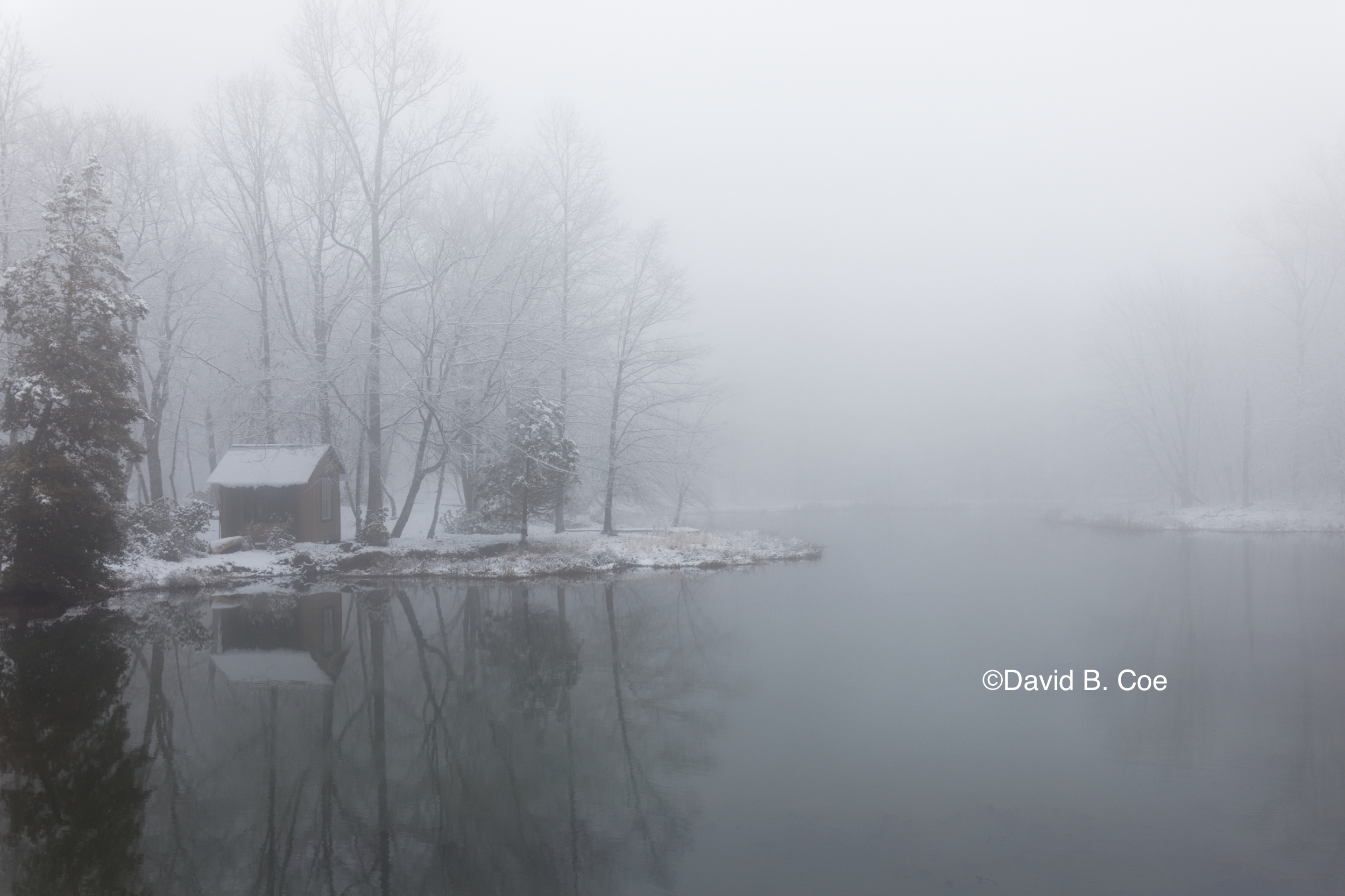I really didn’t want to write another Monday Musings post about Donald Trump. I would like to be shot of him, just like a majority of the country. And (this is Washington’s dirty little secret) just like a majority of elected Republicans.
Clearly they remain terrified of the man and his rabid supporters, too many of whom have proven themselves willing to resort to violence. And so only ten Republicans in the House of Representatives supported impeachment. And only seven Republicans in the Senate voted to convict. And yet it is worth noting that these are the highest levels of support from members of a President’s own party in the history of American impeachments. Yes, that’s right. Never before have as many as ten House members voted to impeach a President in their own party. Before Trump’s 2019 impeachment trial, no Senator had ever voted to convict a President of the same party. Seven GOP votes for conviction this time around, in what was the equivalent of a landslide.
Don’t get me wrong: I am utterly disgusted by the cowardice and capitulation of most Congressional Republicans. Their continued support of this man — a man who incited his supporters to a murderous frenzy in order to overturn the legitimate results of a free and fair election — makes me sick and leaves me fearful for the future of our republic.
Yet, I think the impeachment trial was not only worth pursuing, it was also largely successful. The House impeachment managers were masterful in presenting their case. They established beyond doubt that the assault on the U.S. Capitol was a coordinated effort fueled by Trump’s false claims about the election and enabled by those in the Republican party who parroted Trump’s lies.
We have known for some time now that Congressional Republicans are spineless, that they are more interested in partisan gain than in the health of our political system. We knew there weren’t seventeen men or women in the party’s Senate caucus with the guts to vote for a conviction. And the specious and largely discredited argument legal argument they clung to — that a President can’t be impeached after leaving office — gave them the excuse they needed to vote for Trump without defending his indefensible actions.
But it’s worth noting that Minority Leader Mitch McConnell (Lord, how I LOVE typing that) took to the Senate floor just after the vote to acquit, and essentially endorsed the case laid out by the House “prosecutors.” Trump, he admitted, incited his supporters to riot. The former President did so over the course of months, repeating his “big lie” about the election being rigged, and he did so that very day with a speech that pushed an already agitated mob to do the unthinkable. The Capitol Building was ransacked; former Vice President Mike Pence, Speaker Nancy Pelosi, and others were nearly murdered; police officers were assaulted and wounded. One died that day. Two others have died since. Six people died in total. And all of this is Donald Trump’s fault.
Many seem to believe that Donald Trump still has a political future. I suppose that’s possible. But I would remind everyone of something that activist/journalist Bill Palmer mentioned on his site shortly before Trump left office: After Barack Obama’s victory over John McCain in the 2008 Presidential election and his triumphant inauguration in January of 2009, everyone in the country assumed that the Republican Party would be led going forward by Sarah Palin, McCain’s running mate. She was considered a rising star, the face of the new GOP, a virtual lock to be the party’s 2012 Presidential nominee.
Of course she proved to be none of these things.
In the same way, we shouldn’t assume that in four years Donald Trump will wield anywhere near as much power in the Republican party as he does now. He faces criminal proceedings in New York for his questionable finances. He faces prosecution in Georgia for his blatant violations of state election laws. He may face Federal charges for his incitement of the Capitol Hill riot. We simply can’t know what his future may hold. And I guarantee you that even Trump’s most vocal supporters in the Senate — guys like Lindsey Graham, Ted Cruz, and Josh Hawley — would love to see him prosecuted, humiliated, and turned into a political pariah. They’d never admit as much, of course. They’re too eager to claim Trump’s supporters for themselves. But they know that as long as Trump remains the ostensible leader of the GOP, the party itself will be vilified and their own Presidential ambitions will be thwarted.
When it comes right down to it, they have no reason to support the man a day longer than political expediency demands. The trick, of course, is pinpointing that precise day, and I doubt any of them has the acumen to time this well. They will make themselves look like fools, undermining their own political hopes in the process. Ultimately they will have no choice but to throw Trump under a bus, just as he would do to them if need arose. They will, in short, wind up destroying themselves, Trump, and each other.
And, to my mind, on this President’s Day, that is a comforting thought.









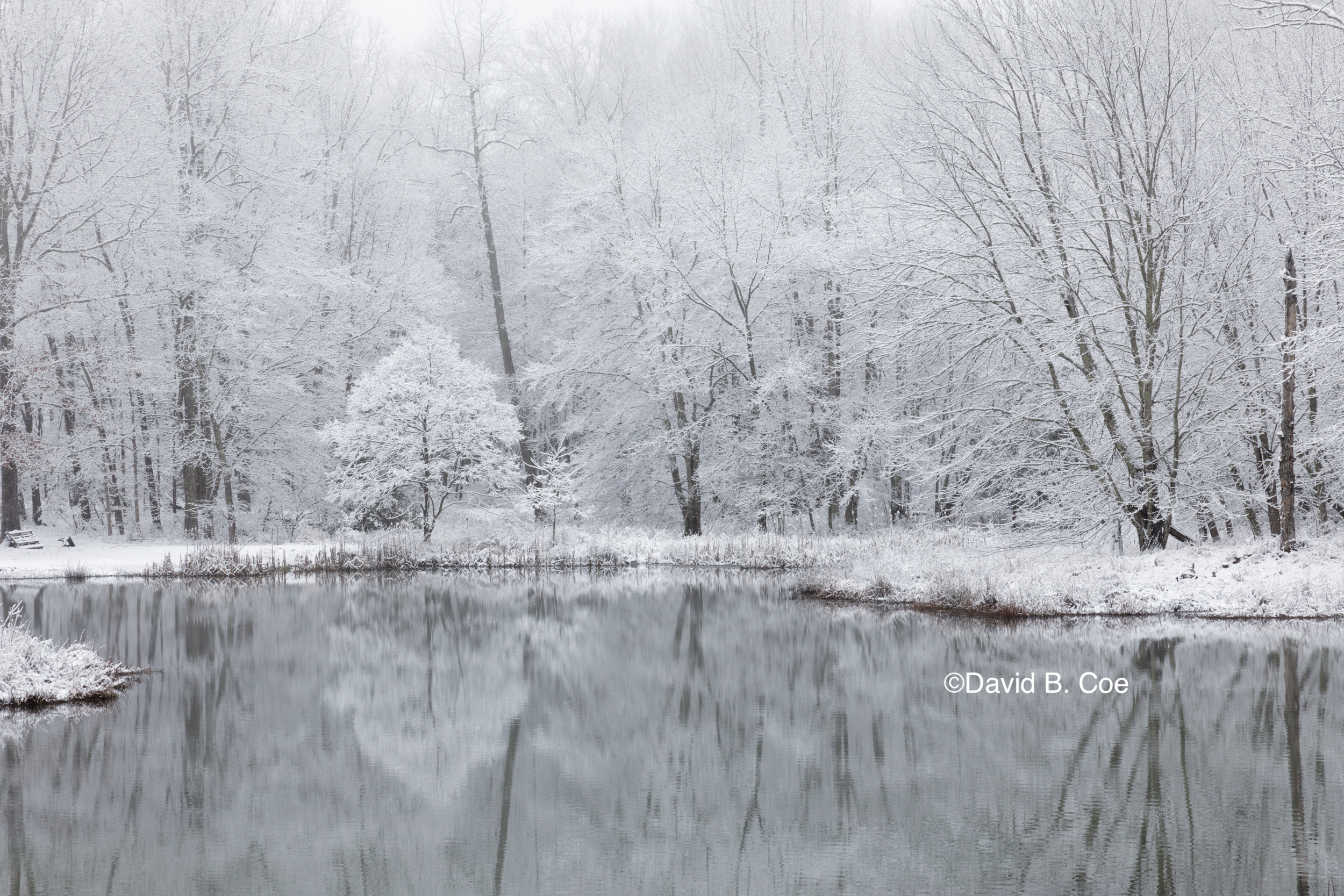
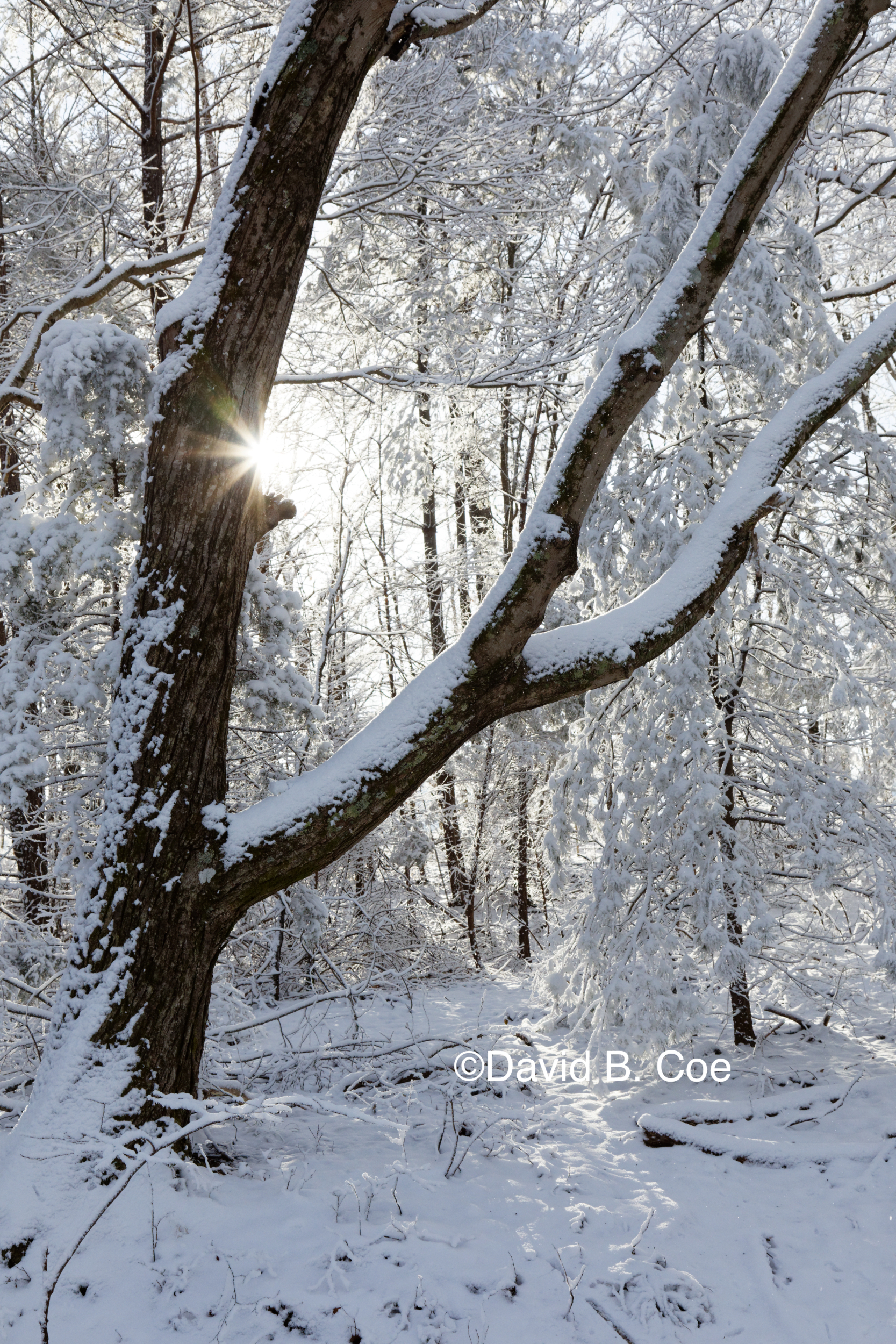
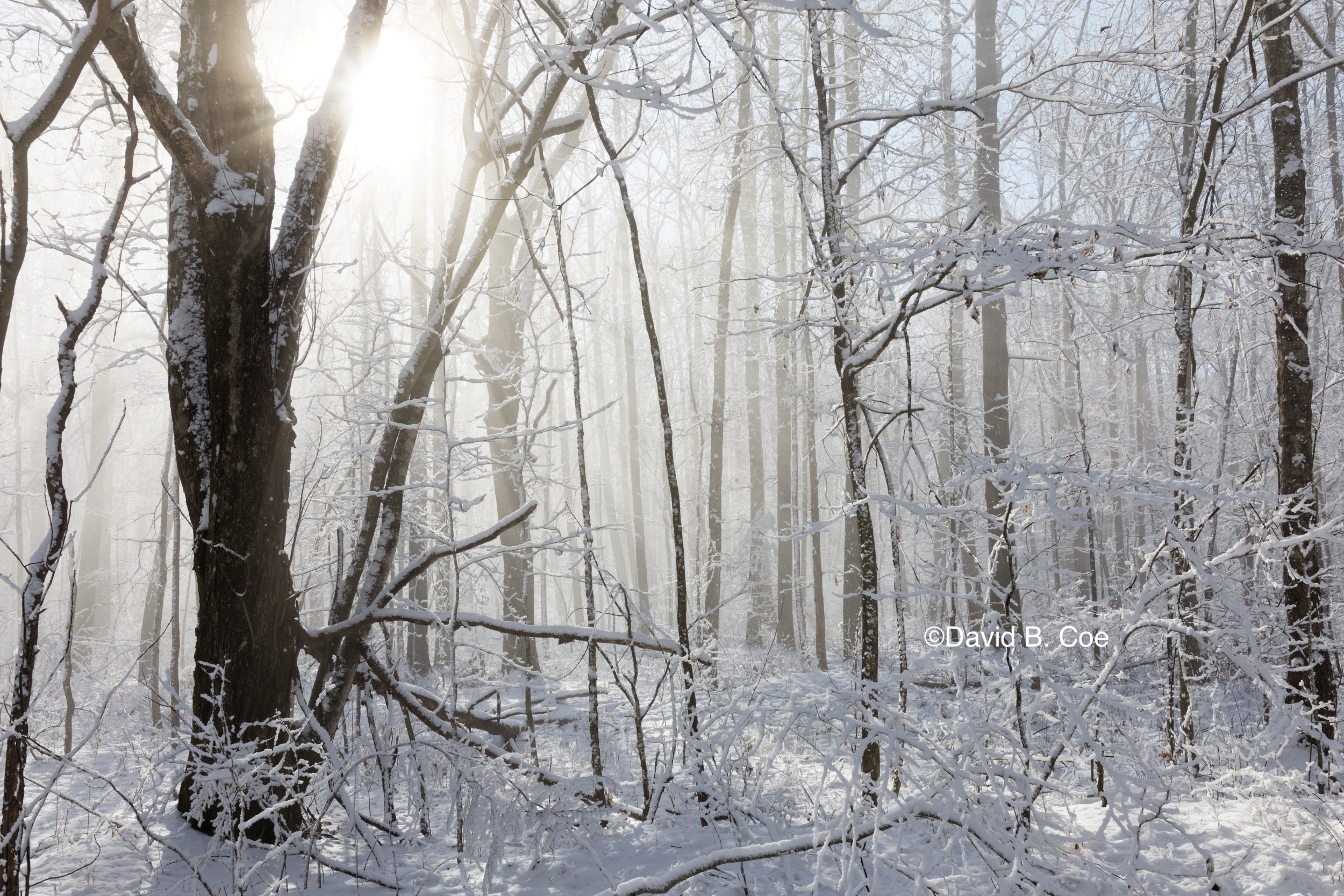
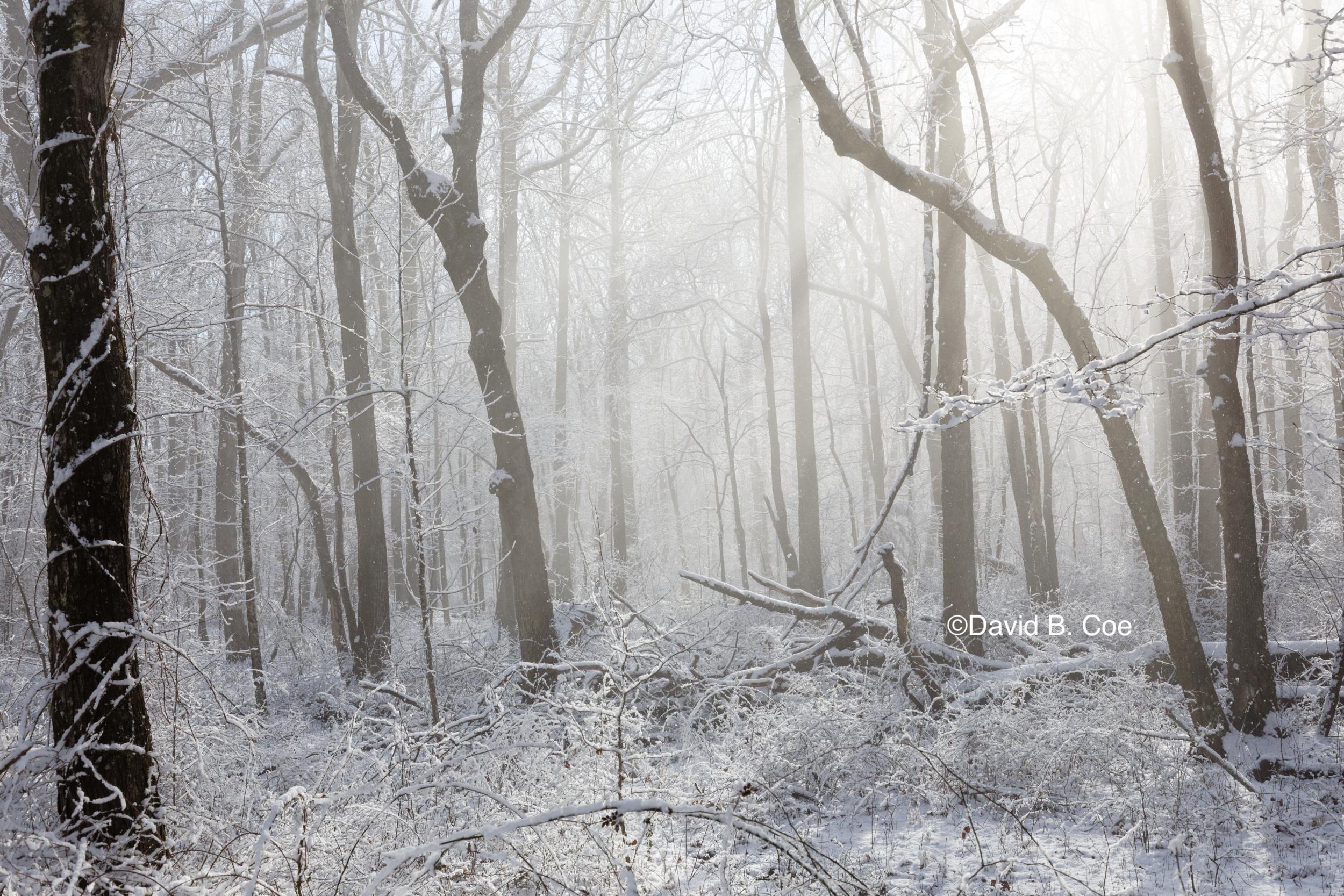
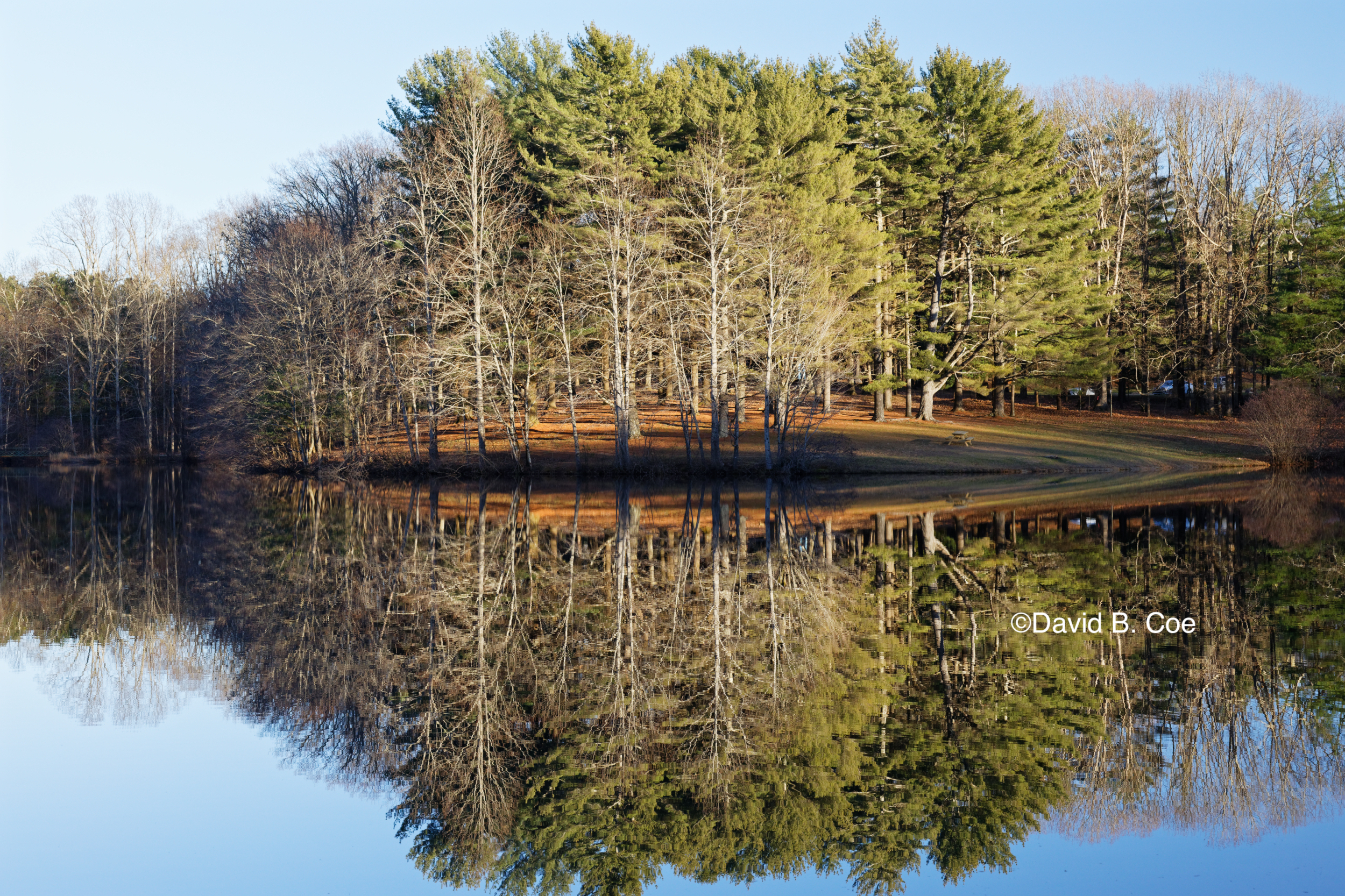
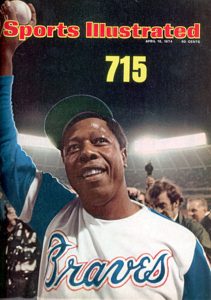 I was watching that night, along with pretty much every other eleven year-old, baseball-loving boy in America. I remember everything about it — the call from announcer Vin Scully, the twist and high stare of Dodgers pitcher Al Downing as he watched the ball sail out over left field, Aaron’s joyful trot around the bases, the two white guys in civilian clothes who appeared out of nowhere as he rounded second base and patted his back and shoulder, the way his jubilant teammates mobbed him at home plate and put him on their shoulders. I still have the issue of Sports Illustrated from the next week, with Aaron on the cover holding up the baseball next to a golden, bolded “715.” And I also still have the special edition baseball card Topps issued that same year proclaiming Aaron baseball’s home run king.
I was watching that night, along with pretty much every other eleven year-old, baseball-loving boy in America. I remember everything about it — the call from announcer Vin Scully, the twist and high stare of Dodgers pitcher Al Downing as he watched the ball sail out over left field, Aaron’s joyful trot around the bases, the two white guys in civilian clothes who appeared out of nowhere as he rounded second base and patted his back and shoulder, the way his jubilant teammates mobbed him at home plate and put him on their shoulders. I still have the issue of Sports Illustrated from the next week, with Aaron on the cover holding up the baseball next to a golden, bolded “715.” And I also still have the special edition baseball card Topps issued that same year proclaiming Aaron baseball’s home run king.